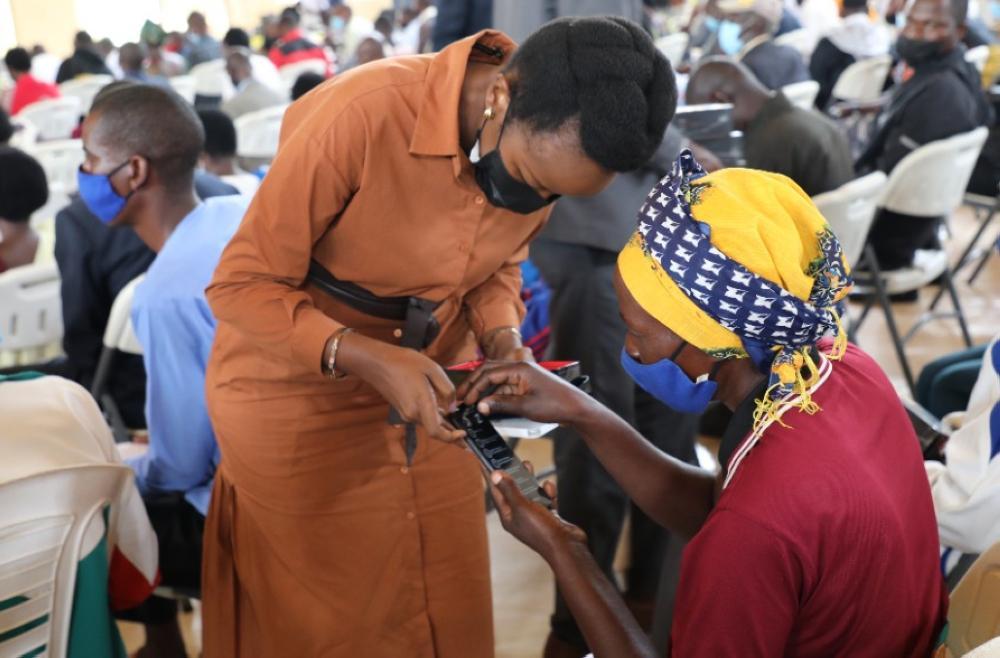Alice Umutesi
Africa-Press – Rwanda. Mobile phone ownership in Rwanda has increased to 85 per cent in 2024, up from 67 per cent in 2017, according to the latest findings published in the seventh Integrated Household Living Conditions Survey (EICV7).
According to the survey released on Wednesday, April 16, up to 34 per cent of households in Rwanda now own a smartphone. In June 2023, the Minister of ICT and Innovation, Paula Ingabire, said that while 78 percent of Rwandans owned phones as of 2022, overall, only 25 percent had smartphones.
Urban areas saw a rise in mobile phone ownership, with 94 per cent of households owning a mobile phone in 2024, up from 89 per cent in 2017. In rural areas, ownership also grew, from 62 per cent in 2017 to 81 per cent in 2024, a 19-percentage point increase.
Yvan Murenzi, the Director General of National Institute of Statistics of Rwanda (NISR), explained that mobile phone ownership in surveys refers to whether anyone aged 10 and above in a household owns a phone—and often, there is more than one user per household.
“What’s important is that there’s at least one phone in the household—and the progress we’ve seen is truly significant. We’ve moved from 64 per cent in 2014, to 67 per cent in 2017, and now to 85 per cent in 2024.”
Murenzi said that the biggest improvements in mobile phone ownership have been among the most vulnerable groups.
“The gains are most substantial since households in the first and second quintiles saw the largest increases in access. This shows that the digital divide is narrowing, and that access to communication technology is reaching those who need it most. A phone is not just a device—it’s a gateway to opportunities,” he said.
Growth by quintile
The survey data also showed how mobile phone ownership has increased across different income groups (quintiles). The most significant growth occurred among the poorest households (Q1), with a 30-percentage point increase in mobile ownership from 2017 to 2024.
Other quintiles saw steady increases: Q2 had a 26-point rise, Q3 saw a 19-point increase, Q4 increased by 13 points, and Q5 saw a 9-point rise.
For More News And Analysis About Rwanda Follow Africa-Press






